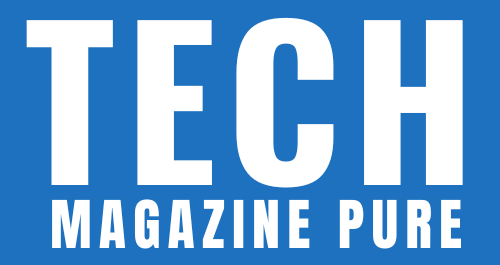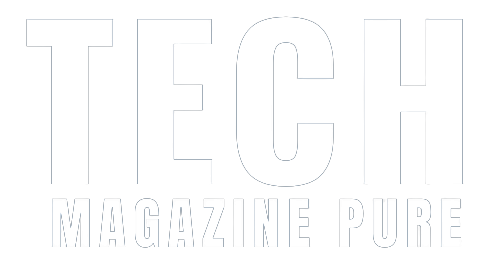In the realm of email marketing, choosing the right platform is crucial for effectively engaging and nurturing your audience. ConvertKit and Mailchimp are two popular email marketing platforms, each offering unique features and functionalities. In this article, we will delve into the strengths and differences of ConvertKit VS Mailchimp to help you make an informed decision based on your specific email marketing needs.
ConvertKit Empowering Creators and Bloggers
ConvertKit is renowned for its user-friendly interface and powerful automation tools tailored to meet the needs of creators, bloggers, and small businesses. The platform’s strength lies in its simplicity, making it easy for users to create targeted email campaigns and automated sequences without being overwhelmed by complicated features.
Key Features of ConvertKit
- Simplified Automation: ConvertKit’s visual automation builder allows users to create sophisticated email sequences with ease, making it perfect for those new to email marketing automation.
- Tag-Based Segmentation: ConvertKit uses tags to segment subscribers based on their interests and interactions, enabling highly personalized and relevant content delivery.
- Landing Pages and Forms: ConvertKit offers customizable landing pages and opt-in forms to help grow your email list and capture leads effectively.
- Subscriber-Centric Approach: The platform focuses on individual subscribers’ actions, allowing for precise tracking and better understanding of their engagement.
Mailchimp Versatility for All Business Sizes
Mailchimp is one of the most well-known email marketing platforms, catering to a wide range of users from small businesses to large enterprises. Its versatility and extensive feature set make it a popular choice for businesses of all sizes.
Key Features of Mailchimp
- Drag-and-Drop Editor: Mailchimp’s intuitive drag-and-drop editor simplifies the process of creating visually appealing and responsive email campaigns.
- Robust Reporting: The platform provides comprehensive reports and analytics to track email performance, click-through rates, and audience behavior.
- A/B Testing: Mailchimp enables users to test different email variations to optimize subject lines, content, and overall campaign performance.
- E-Commerce Integration: With built-in e-commerce features, Mailchimp allows businesses to track customer behavior and create targeted campaigns for better conversions.
Differences and Considerations
- Ease of Use: ConvertKit’s straightforward interface is particularly suited for creators and bloggers looking for simplicity and quick setup, while Mailchimp’s comprehensive set of features may require a steeper learning curve.
- Pricing Structure: Mailchimp’s pricing is primarily based on subscriber count and offers a free plan with limited features, whereas ConvertKit’s pricing is also subscriber-based but focuses on more advanced capabilities even in their free plan.
- Target Audience: ConvertKit’s tag-based segmentation is ideal for personalized content delivery to niche audiences, while Mailchimp’s robust reporting and testing features cater to businesses seeking data-driven insights for larger audiences.
Both ConvertKit and Mailchimp are robust email marketing platforms, each with its own set of strengths. For creators and bloggers seeking a user-friendly and automation-centric platform, ConvertKit offers a streamlined experience. On the other hand, Mailchimp’s versatility and extensive features make it suitable for businesses of all sizes.
When deciding between ConvertKit vs Mailchimp, consider the specific needs of your email marketing strategy, the complexity of your subscriber segmentation, and your budget. Ultimately, the right choice will empower you to connect with your audience effectively, build lasting relationships, and drive your email marketing success.


